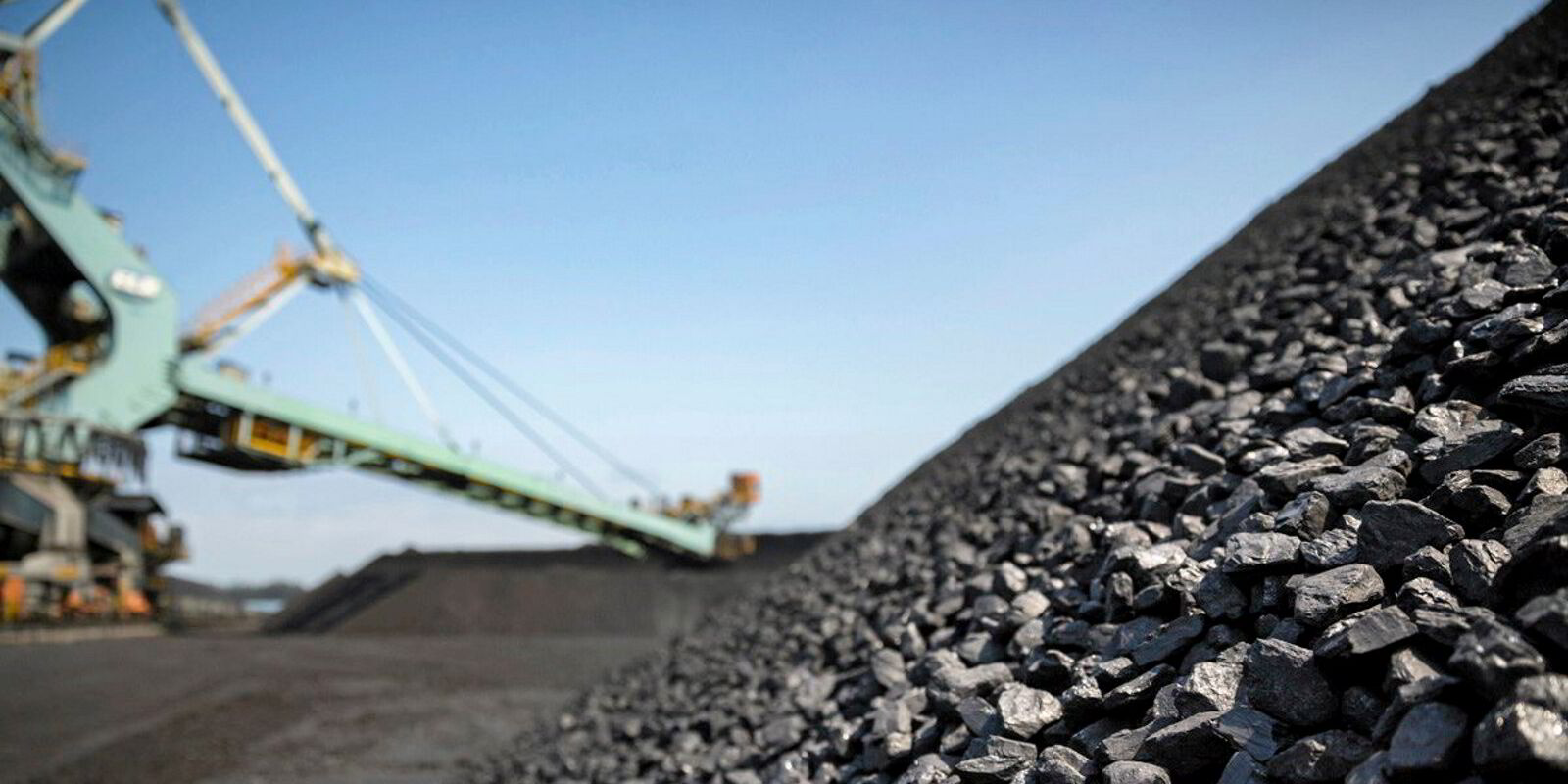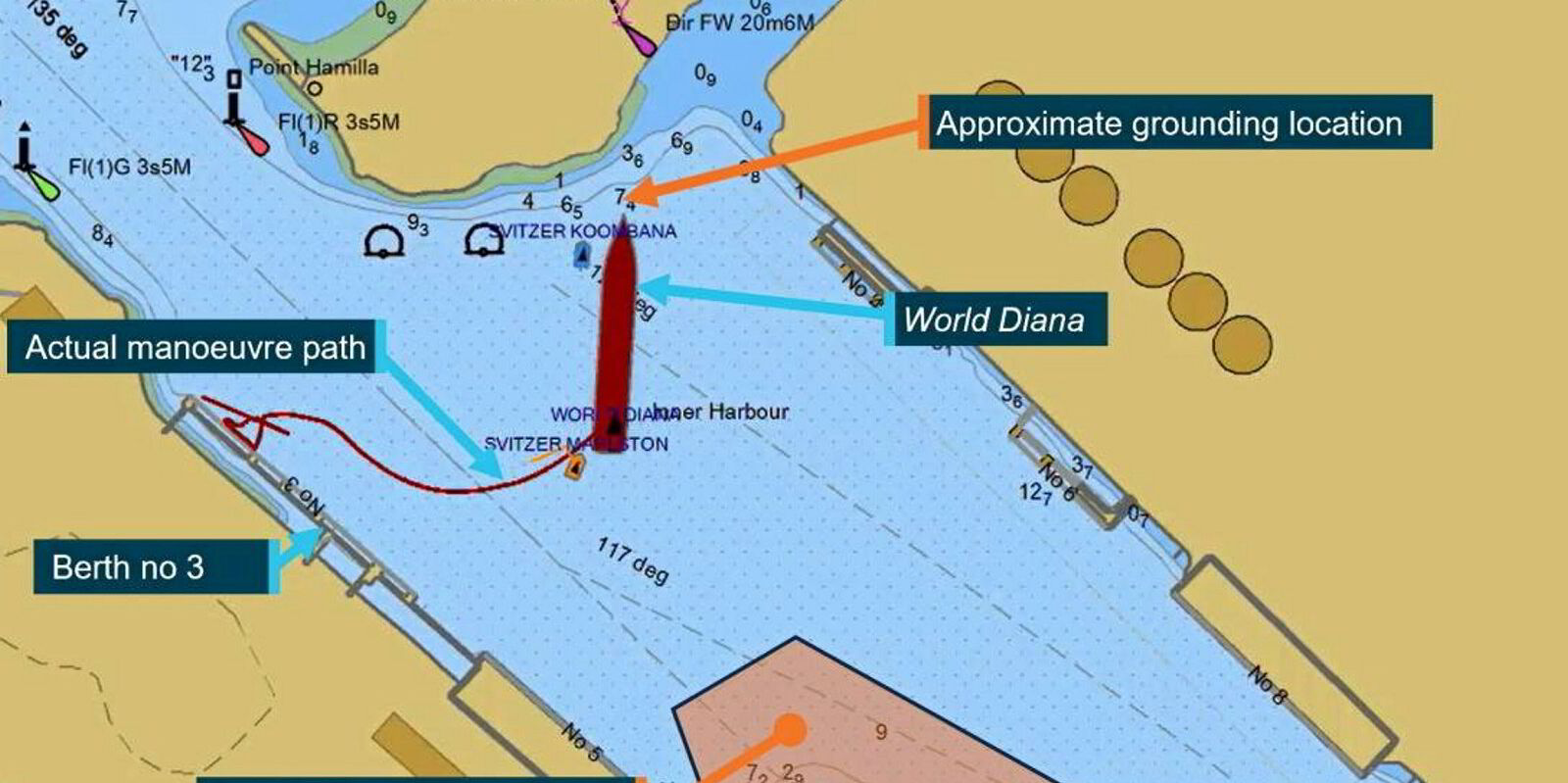Rising temperatures have boosted Vietnam’s burning appetite for coal, benefiting panamax demand, which accounted for half of all shipments in the first six months of the year.
Having witnessed the longest heatwave for 30 years in the south of the country, the region recorded a daily all-time high for electricity consumption on 28 May, according to state utility EVN, Braemar’s weekly dry market report said.
Derek Langston, global head of dry research, told TradeWinds: “Not only is Vietnam importing more coal, but more long-haul voyages [are] boosting tonne-mile demand, particularly for panamaxes.”
Thermal grades account for almost 90% of Vietnam’s coal imports, with prolonged heatwaves spurring thermal coal burn, as was the case in 2020 and 2023.
This week’s forecasts for high temperatures across the country also appear to contradict Braemar’s previous predictions of an imminent moderation in coal imports, it admitted, although typically, the second half of the year often brings a seasonal slowing of the pace.
Vessel breakdown
Overall, Vietnam’s coal imports rose by 7.5m tonnes during the first six months of 2024 compared with the same period in 2023, AXS vessel tracking showed, with panamaxes up by 8.7m tones year over year.
The report indicated that the increase in Vietnamese coal imports from Indonesia drove panamax demand to double to 4.4m tonnes in the first half. Panamax shipments from Australia gained 2.6m tonnes to 5.7m tonnes.
Panamax shipments from Mozambique and South Africa rose from zero in the first half of 2023 to a respective 1.2m tonnes and 1.7m tonnes in the first six months of this year.
Panamax cargoes from Russia, which were split almost equally between the Pacific terminals on the one hand and Murmansk and Ust-Luga on the other, increased slightly to 1.9m tonnes.
The rest was fairly evenly divided between capesizes and smaller supramaxes and ultramaxes, which were the other fleet sector to see a significant rise (more than 2.2m tonnes year on year) in Vietnam’s imports, Braemar added.
“Unsurprisingly, it was Indonesian coal that accounted for most of the 2.2m-tonne annual gain on supra/ultramaxes. Some 5.5m tonnes were shipped on supra/ultramax tonnage in the first half,” the report said.
Braemar attributed the 3.6m-tonne year-over-year decline in capesize shipments to a sharp drop in Australian coal, which was partly offset by more panamax employment.




